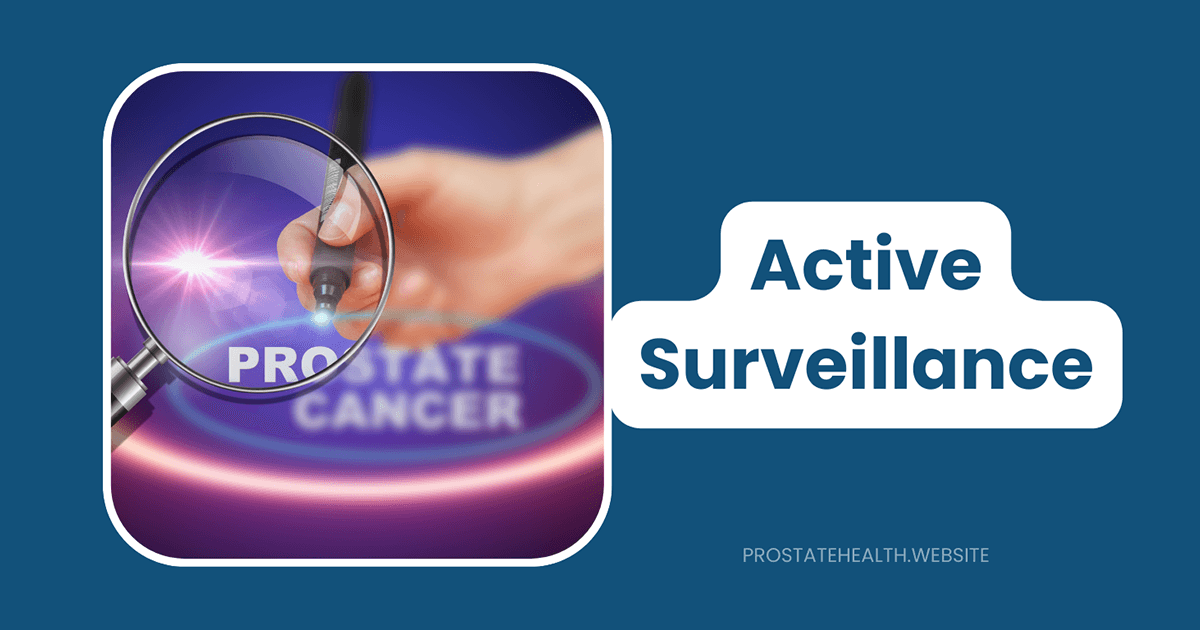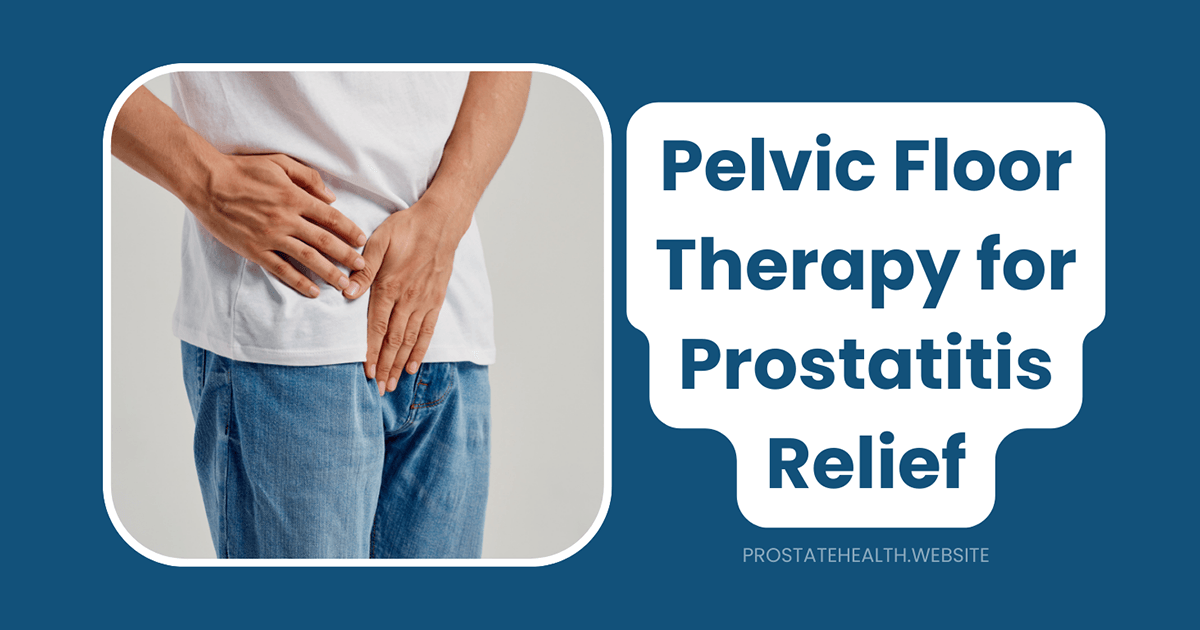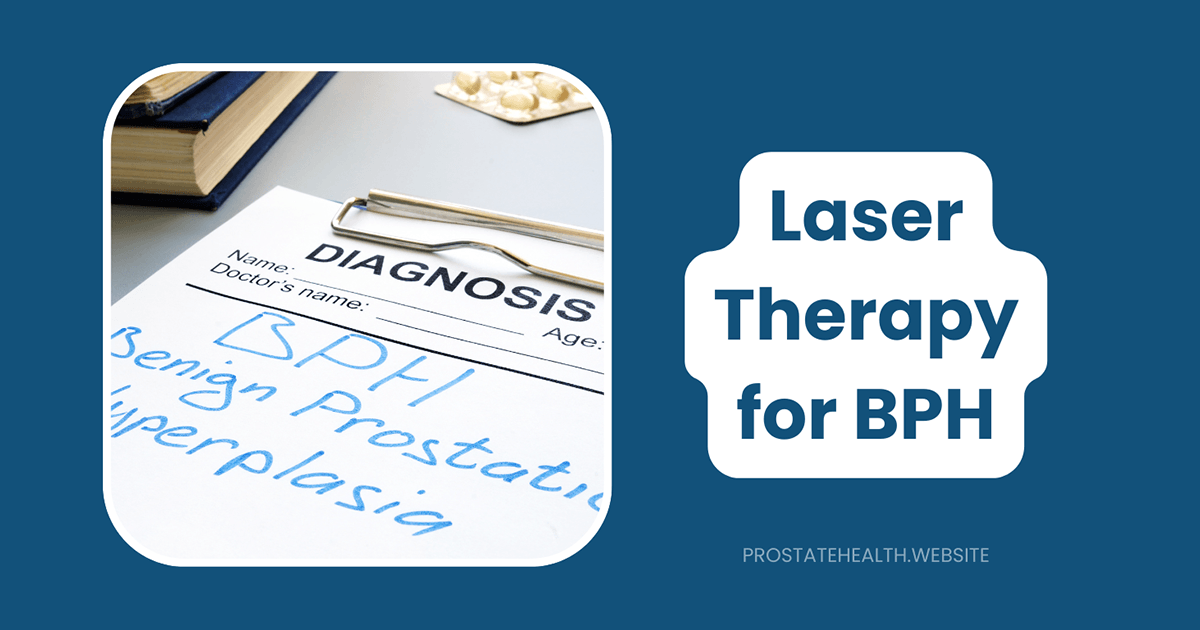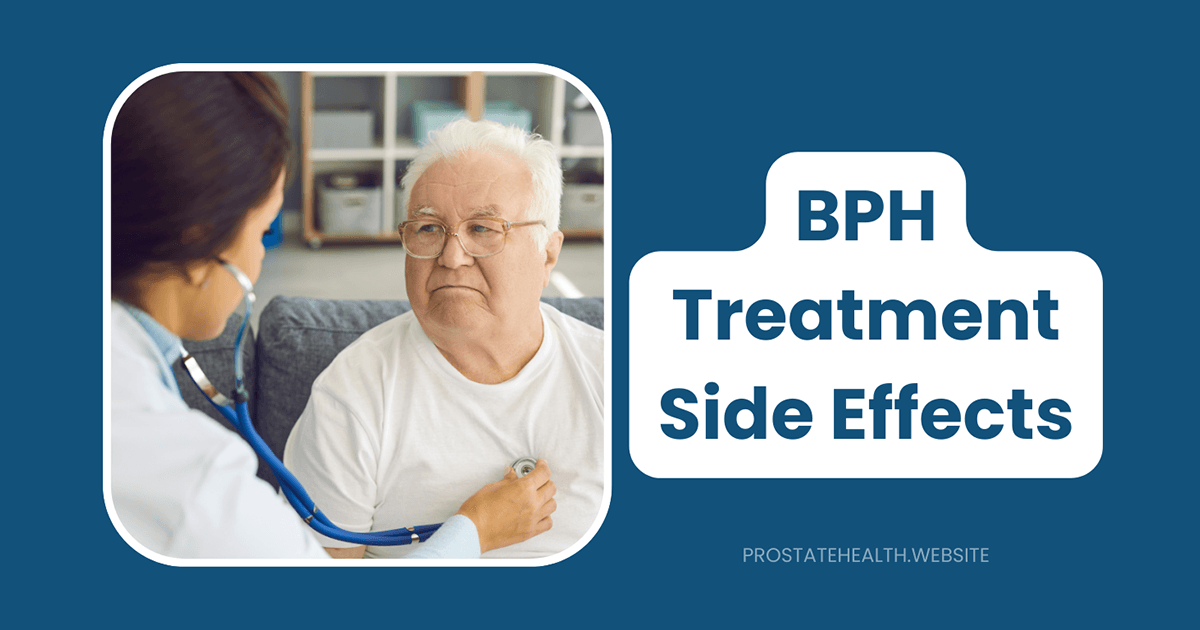Alpha Blockers vs. 5-Alpha Reductase Inhibitors: Which Is Right for You?

If you’re one of the millions of men dealing with benign prostatic hyperplasia (BPH), you’ve likely heard about two common medication options: alpha blockers and 5-alpha reductase inhibitors (5-ARIs). While both treat the same condition, they work in fundamentally different ways and offer distinct benefits and drawbacks.
“Choosing between these medications isn’t a one-size-fits-all decision,” explains Dr. Robert Chen, urologist. “It depends on your specific symptoms, prostate size, overall health, and personal preferences regarding potential side effects.”
This comprehensive guide will help you understand the key differences between these BPH medications, their effectiveness, side effects, and which might be the better choice for your particular situation.
Understanding BPH: The Root of the Problem
Before diving into treatment options, it’s important to understand what we’re treating. Benign prostatic hyperplasia (BPH) is a non-cancerous enlargement of the prostate gland that commonly affects men as they age. By age 60, about 30% of men experience symptoms, and by age 85, this number jumps to 90%.
When the prostate enlarges, it can press against the urethra and bladder, causing urinary symptoms such as:
- Frequent urination, especially at night
- Weak urine stream
- Difficulty starting urination
- Feeling that the bladder isn’t completely empty
- Urgency to urinate
- Straining during urination
These symptoms can significantly impact quality of life, which is why effective treatment is so important.
How Alpha Blockers Work
Alpha blockers work by relaxing the smooth muscle in the prostate and bladder neck. Think of them as muscle relaxants specifically targeting the area where urine flows. By relaxing these muscles, they reduce the pressure on the urethra, making it easier for urine to flow.
Common Alpha Blockers
- Tamsulosin (Flomax®): The most commonly prescribed alpha blocker for BPH
- Alfuzosin (Uroxatral®): Extended-release formula taken once daily
- Silodosin (Rapaflo®): Highly selective for prostate tissue
- Doxazosin (Cardura®): Also used to treat high blood pressure
- Terazosin (Hytrin®): One of the older alpha blockers, also treats hypertension
Effectiveness of Alpha Blockers
According to a 2025 network meta-analysis published in Nature, alpha blockers provide significant improvement in urinary symptoms, with tamsulosin 0.4 mg showing the highest probability of improving International Prostate Symptom Score (IPSS), post-void residual volume (PVR), and maximum flow rate (Qmax).
The key advantages of alpha blockers include:
- Rapid symptom relief: Most men notice improvement within days to weeks
- Significant improvement in urine flow: Studies show an average increase in maximum flow rate of 2-3 mL/second
- No effect on prostate size: Works regardless of how large your prostate is
- No impact on PSA levels: Won’t interfere with prostate cancer screening
“Alpha blockers gave me relief almost immediately,” shares Michael, 62. “Within a week, I was sleeping through the night for the first time in years.”
How 5-Alpha Reductase Inhibitors Work
While alpha blockers relax muscles, 5-alpha reductase inhibitors (5-ARIs) take a completely different approach. They block the conversion of testosterone to dihydrotestosterone (DHT), a hormone that stimulates prostate growth. By reducing DHT levels, 5-ARIs actually shrink the prostate over time.
Common 5-Alpha Reductase Inhibitors
- Finasteride (Proscar®): Reduces prostatic DHT by over 90% and serum DHT by up to 70%
- Dutasteride (Avodart®): More potent than finasteride, reducing DHT by up to 99% in both prostate and serum
Effectiveness of 5-ARIs
Research shows that 5-ARIs can:
- Reduce prostate volume: Shrink the prostate by approximately 25% over time
- Improve urinary symptoms: Significant improvement in IPSS scores
- Reduce risk of acute urinary retention: By 57% compared to placebo
- Decrease need for BPH-related surgery: By 55% in long-term studies
- Lower PSA levels: By approximately 50% after 6-12 months of treatment
“After six months on finasteride, my prostate had shrunk from 65cc to 48cc,” reports James, 58. “My symptoms improved dramatically, though it did take patience to see results.”
Key Differences: Alpha Blockers vs. 5-ARIs
Speed of Action
- Alpha Blockers: Provide relief within days to weeks
- 5-ARIs: Require 3-6 months for noticeable improvement
Effect on Prostate Size
- Alpha Blockers: No effect on prostate size
- 5-ARIs: Reduce prostate size by approximately 25%
Duration of Therapy
- Alpha Blockers: Provide symptom relief only while taking the medication
- 5-ARIs: May provide lasting benefits by actually altering the disease progression
Ideal Candidates
- Alpha Blockers: Best for men with smaller prostates (<30-40cc) and those seeking immediate symptom relief
- 5-ARIs: Most effective for men with larger prostates (>40cc) and those concerned about disease progression
Impact on PSA Testing
- Alpha Blockers: No effect on PSA levels
- 5-ARIs: Reduce PSA levels by approximately 50%, which must be considered during prostate cancer screening
Side Effect Comparison
Understanding potential side effects is crucial when choosing between these medications.
Alpha Blocker Side Effects
- Common (>5% of patients):
- Dizziness (especially when standing up quickly)
- Headache
- Fatigue
- Nasal congestion
- Retrograde ejaculation (particularly with tamsulosin and silodosin)
- Less Common:
- Low blood pressure
- Floppy iris syndrome during cataract surgery (especially with tamsulosin)
According to a 2025 study published in JAMA Network Open, alpha blockers may be associated with slightly higher rates of cardiovascular events compared to 5-ARIs, with a 9.07% rate of major adverse cardiovascular events versus 7.38% for 5-ARIs.
5-ARI Side Effects
- Common (>5% of patients):
- Decreased libido
- Erectile dysfunction
- Reduced ejaculatory volume
- Gynecomastia (breast enlargement or tenderness)
- Less Common:
- Depression
- Anxiety
- Post-finasteride syndrome (persistent sexual side effects after discontinuation)
“The sexual side effects of finasteride were challenging,” admits Thomas, 65. “But for me, the improvement in urinary symptoms outweighed these drawbacks.”
Combination Therapy: When Two Is Better Than One
For many men, especially those with larger prostates and moderate to severe symptoms, combination therapy using both an alpha blocker and a 5-ARI may provide the best results.
The CombAT (Combination of Avodart and Tamsulosin) study demonstrated that combination therapy:
- Provides more rapid symptom relief than 5-ARI alone
- Offers greater long-term symptom improvement than either medication alone
- Reduces the risk of BPH progression more effectively than monotherapy
- Decreases the need for surgery more than either medication used individually
“I started with tamsulosin for quick relief, then added dutasteride after three months,” explains Robert, 70. “This approach gave me both immediate and long-term benefits.”
Making Your Decision: Factors to Consider
When deciding between alpha blockers and 5-ARIs, consider these key factors:
1. Prostate Size
- Smaller prostate (<30-40cc): Alpha blockers typically provide sufficient relief
- Larger prostate (>40cc): 5-ARIs or combination therapy often works better
2. Symptom Severity
- Mild symptoms: Alpha blockers may be sufficient
- Moderate to severe symptoms: Consider 5-ARIs or combination therapy
3. Need for Immediate Relief
- Urgent need for symptom improvement: Start with an alpha blocker
- Can wait for results: 5-ARIs may provide more sustainable long-term benefits
4. Risk Tolerance for Side Effects
- Concerned about sexual side effects: Alpha blockers generally have fewer sexual side effects (except for retrograde ejaculation)
- Concerned about dizziness/blood pressure effects: 5-ARIs may be preferable
5. Long-Term Outlook
- Short-term treatment: Alpha blockers provide quick relief without altering the disease
- Long-term management: 5-ARIs address the underlying cause by shrinking the prostate
Questions to Ask Your Doctor
Before starting either medication, consider asking your doctor these important questions:
- What is my prostate size, and how does that influence which medication is best for me?
- Given my overall health and other medications, which option has the lowest risk of interactions?
- How will these medications affect my PSA testing and prostate cancer screening?
- What side effects should I watch for, and when should I report them?
- How long should I try this medication before determining if it’s effective?
- Would combination therapy be appropriate in my case?
- Are there any lifestyle changes that could enhance the effectiveness of these medications?
Beyond Medications: Other Treatment Options
If medications don’t provide adequate relief or cause intolerable side effects, several other options are available:
Minimally Invasive Procedures
- Rezūm Water Vapor Therapy: Uses steam to reduce prostate tissue
- UroLift System: Lifts and holds enlarged prostate tissue out of the way
- Prostatic Artery Embolization (PAE): Reduces blood flow to the prostate, causing it to shrink
Surgical Options
- Transurethral Resection of the Prostate (TURP): The traditional “gold standard” surgical treatment
- Laser Procedures: Including HoLEP (Holmium Laser Enucleation of the Prostate) and GreenLight laser
- Robotic Simple Prostatectomy: For very large prostates
“After trying both medications with limited success, I opted for the UroLift procedure,” shares William, 67. “It was a game-changer for me with minimal downtime and immediate results.”
Lifestyle Modifications to Complement Medical Treatment
Regardless of which medication you choose, these lifestyle changes can help manage BPH symptoms:
- Timed voiding: Urinating at regular intervals rather than waiting until urgency occurs
- Fluid management: Reducing fluid intake in the evening to minimize nighttime urination
- Avoiding bladder irritants: Limiting caffeine, alcohol, and spicy foods
- Double voiding: Urinating, waiting a moment, then trying again to empty the bladder more completely
- Pelvic floor exercises: Strengthening the muscles that control urination
- Regular exercise: Maintaining a healthy weight and staying active can reduce BPH symptoms
The Bottom Line: Personalized Treatment Is Key
There’s no one-size-fits-all answer to whether alpha blockers or 5-ARIs are better for BPH. The right choice depends on your specific situation, symptoms, prostate size, and personal preferences regarding side effects and treatment goals.
Many men start with an alpha blocker for quick relief, then add a 5-ARI if symptoms persist or if they have a larger prostate. Others may begin with a 5-ARI if long-term prostate shrinkage is the primary goal and immediate symptom relief is less urgent.
Remember that BPH is a progressive condition that typically requires ongoing management. Regular follow-up with your healthcare provider is essential to monitor your response to treatment and adjust your approach as needed.
By understanding the differences between these medication classes, you can have a more informed discussion with your doctor and play an active role in managing your prostate health.
External Resources:
- American Urological Association – BPH Guidelines
- National Institute of Diabetes and Digestive and Kidney Diseases – Prostate Enlargement
- Urology Care Foundation – BPH Treatment Options






